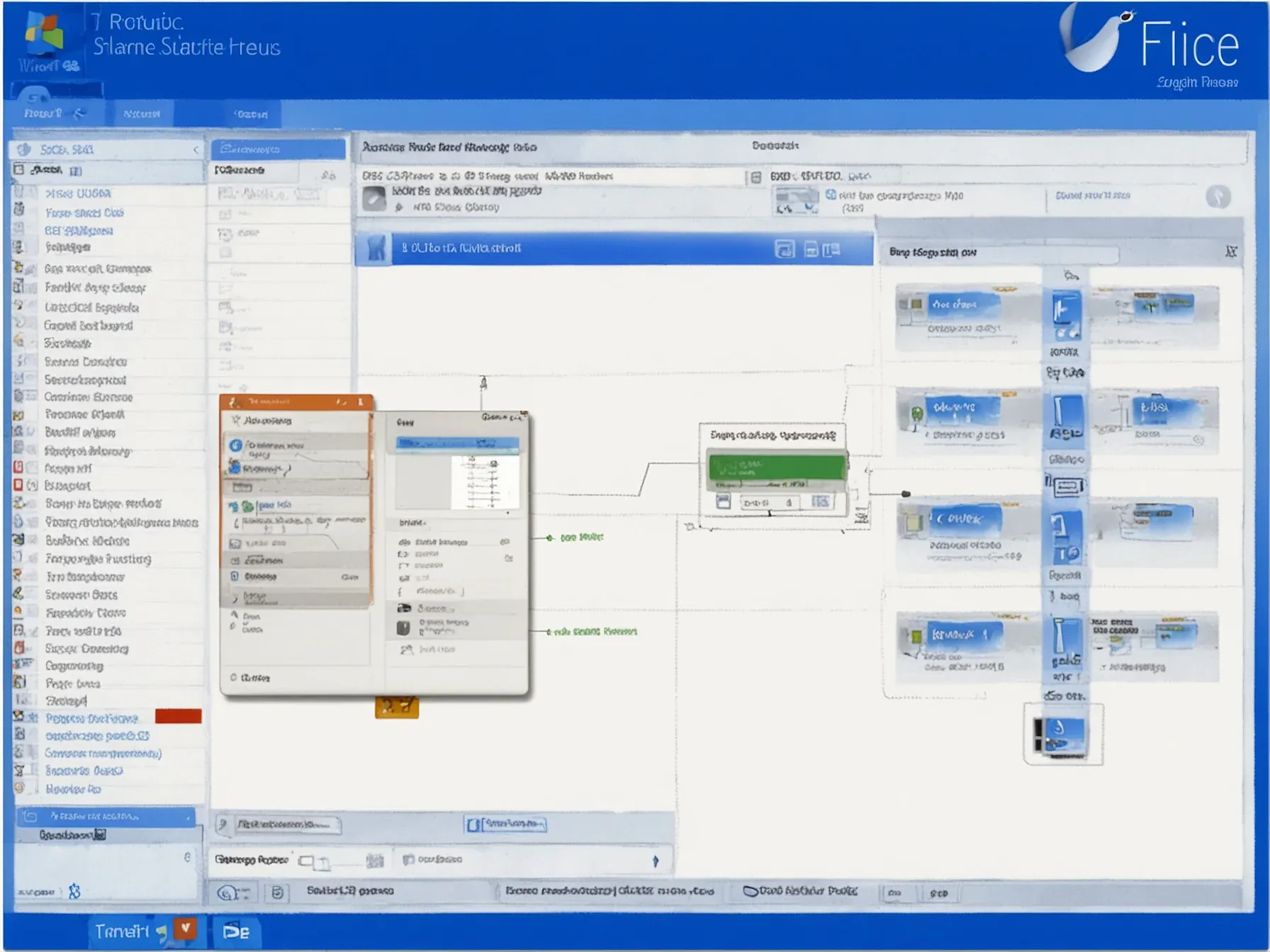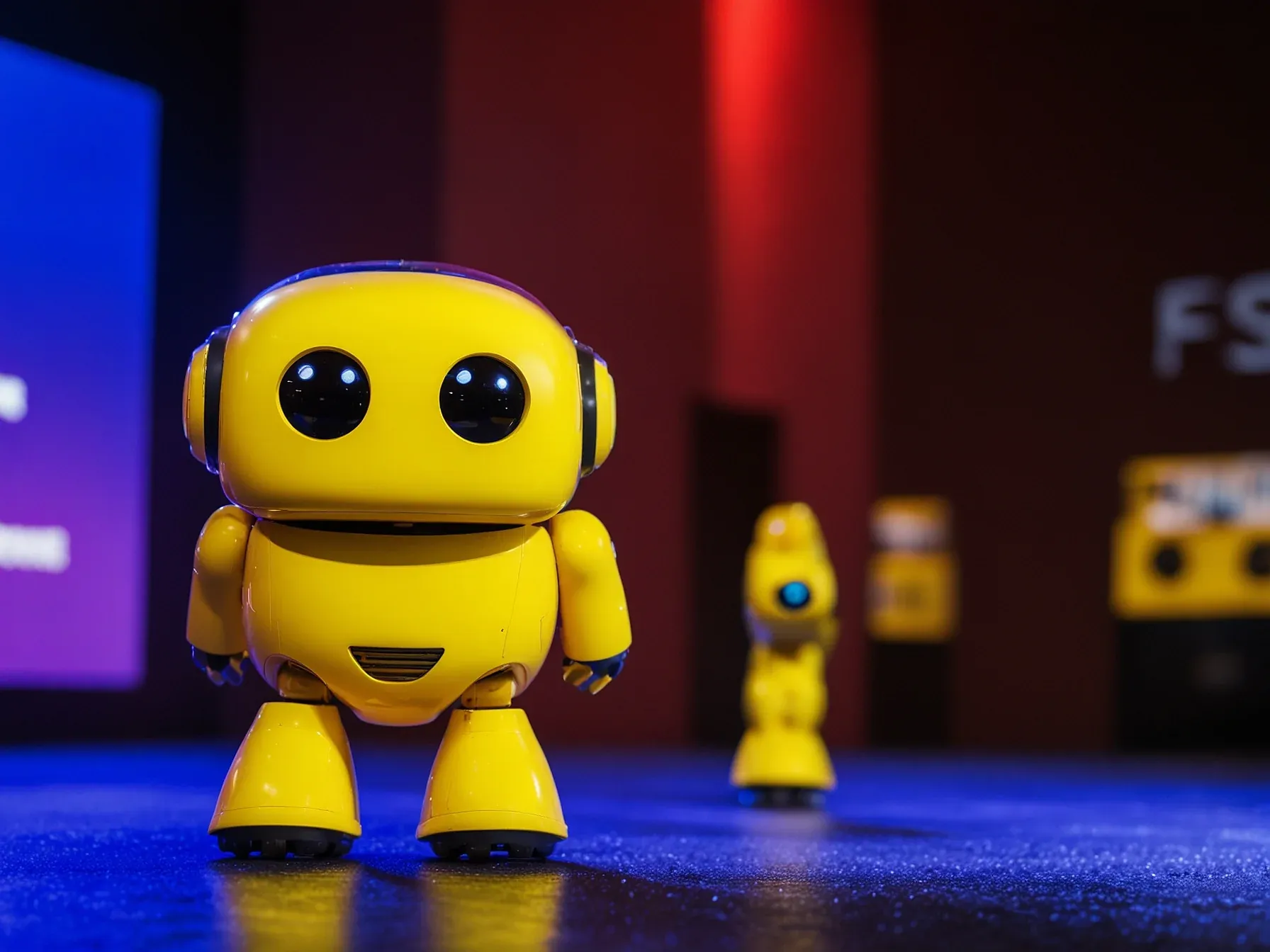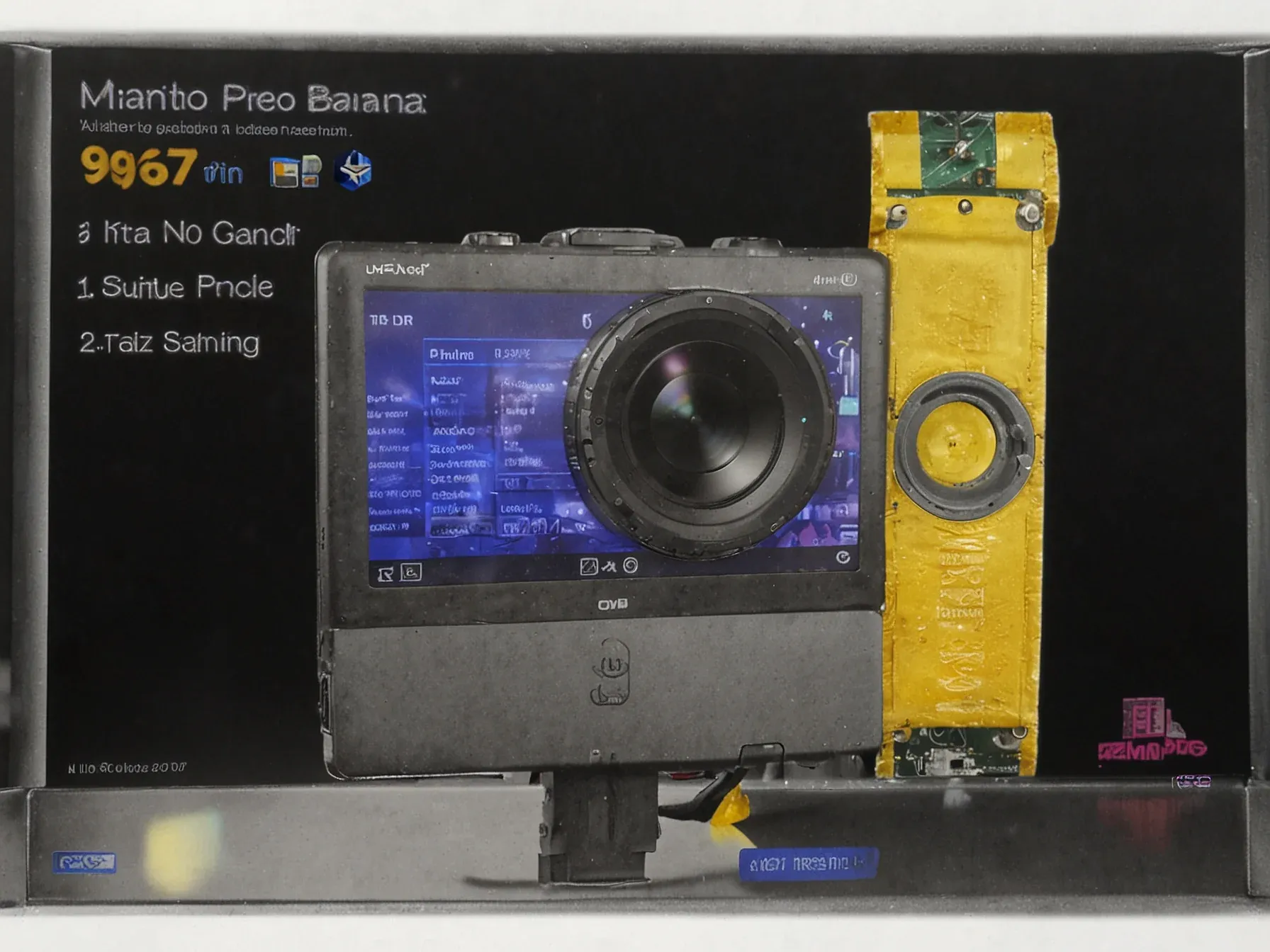
Microsoft launches Fara-7B, an agentic Qwen model that solves tasks in ~16 steps
Microsoft rolled out Fara‑7B this week, branding it as an “agentic” model designed to handle computer‑based tasks. The system rests on Qwen2.5‑VL‑7B, a visual‑language backbone that Microsoft has fine‑tuned with a supervised regime. Behind the scenes, the company generated roughly 145 000 synthetic trajectories using its Magentic‑One framework, then fed those examples into the model.
The move signals Microsoft’s push to package more capable, end‑to‑end agents for enterprise workflows, where speed and reliability matter as much as raw capability. While the tech is impressive, the real question is how it stacks up against the dozens of comparable agents already on the market. Here’s what Microsoft says about its performance:
Microsoft says the model finishes tasks in about 16 steps on average, which is far fewer than many comparable systems. The model is trained on 145,000 synthetic trajectories generated through the Magentic-One framework and is built on Qwen2.5-VL-7B with supervised fine-tuning. The company positions Fara-7B as an everyday computer-use agent that can search, summarise, fill forms, manage accounts, book tickets, shop online, compare prices and find jobs or real estate listings.
Microsoft is also releasing WebTailBench, a new test set with 609 real-world tasks across 11 categories. Fara-7B leads all computer-use models across every segment, including shopping, flights, hotels, restaurants and multi-step comparison tasks. The company offers two ways to run the model.
Azure Foundry hosting lets users deploy Fara-7B without downloading weights or using their own GPUs. Advanced users can self-host through VLLM on GPU hardware. The evaluation stack relies on Playwright and an abstract agent interface that can plug in any model.
Microsoft warns that Fara-7B is an experimental release and should be run in sandboxed settings without sensitive data. Earlier this year, Microsoft launched Phi-4-multimodal and Phi-4-mini, the latest additions to its Phi family of small language models (SLMs).
Can a 7‑billion‑parameter model truly replace larger agents? Microsoft says Fara‑7B does, completing live web tasks in roughly sixteen steps—significantly fewer than many peers. The model reads pages visually, clicks, types, and scrolls using predicted coordinates, avoiding accessibility trees or extra parsing layers.
Built on Qwen2.5‑VL‑7B and fine‑tuned with 145,000 synthetic trajectories from the Magentic‑One framework, it runs locally, offering lower latency and what Microsoft describes as stronger privacy. A notable detail. Yet the claim that it matches or beats larger systems is not backed by detailed data, leaving performance across diverse real‑world scenarios uncertain.
The absence of third‑party evaluations means the extent of its advantage remains unclear. Moreover, the reliance on synthetic trajectories raises questions about generalisation to unpredictable user inputs. Still, the approach demonstrates that modest‑size models can be engineered for direct computer interaction without extensive infrastructure.
Whether this translates into broader adoption will depend on further testing and transparent reporting and community scrutiny.
Further Reading
- Fara-7B: An Efficient Agentic Model for Computer Use - Microsoft Research Blog
- Fara-7B: An Efficient Agentic Model for Computer Use - Microsoft Research
- microsoft/Fara-7B - Hugging Face
Common Questions Answered
What is the base model for Microsoft’s Fara-7B and how was it adapted?
Fara-7B is built on the Qwen2.5-VL-7B visual‑language backbone. Microsoft fine‑tuned this model with supervised learning using about 145,000 synthetic trajectories generated by the Magentic‑One framework.
How many steps does Fara-7B typically need to complete a task, and why is this notable?
Microsoft reports that Fara-7B finishes tasks in roughly 16 steps on average. This is notable because it is significantly fewer steps than many comparable agentic systems, indicating higher efficiency in end‑to‑end workflows.
What types of computer‑based tasks is Fara-7B designed to handle?
Fara-7B is positioned as an everyday computer‑use agent capable of searching the web, summarising content, filling forms, managing accounts, booking tickets, shopping online, comparing prices, and locating jobs or real‑estate listings.
How does Fara-7B interact with web pages differently from traditional agents?
Instead of relying on accessibility trees or extra parsing layers, Fara-7B reads pages visually and interacts by predicting coordinates for clicks, typing, and scrolling. This visual approach allows the model to operate directly on rendered page content.
What advantage does running Fara-7B locally provide for enterprise users?
Running locally reduces latency compared to cloud‑only solutions and gives enterprises more control over data privacy. The 7‑billion‑parameter size also makes it more resource‑efficient while still delivering agentic capabilities.




